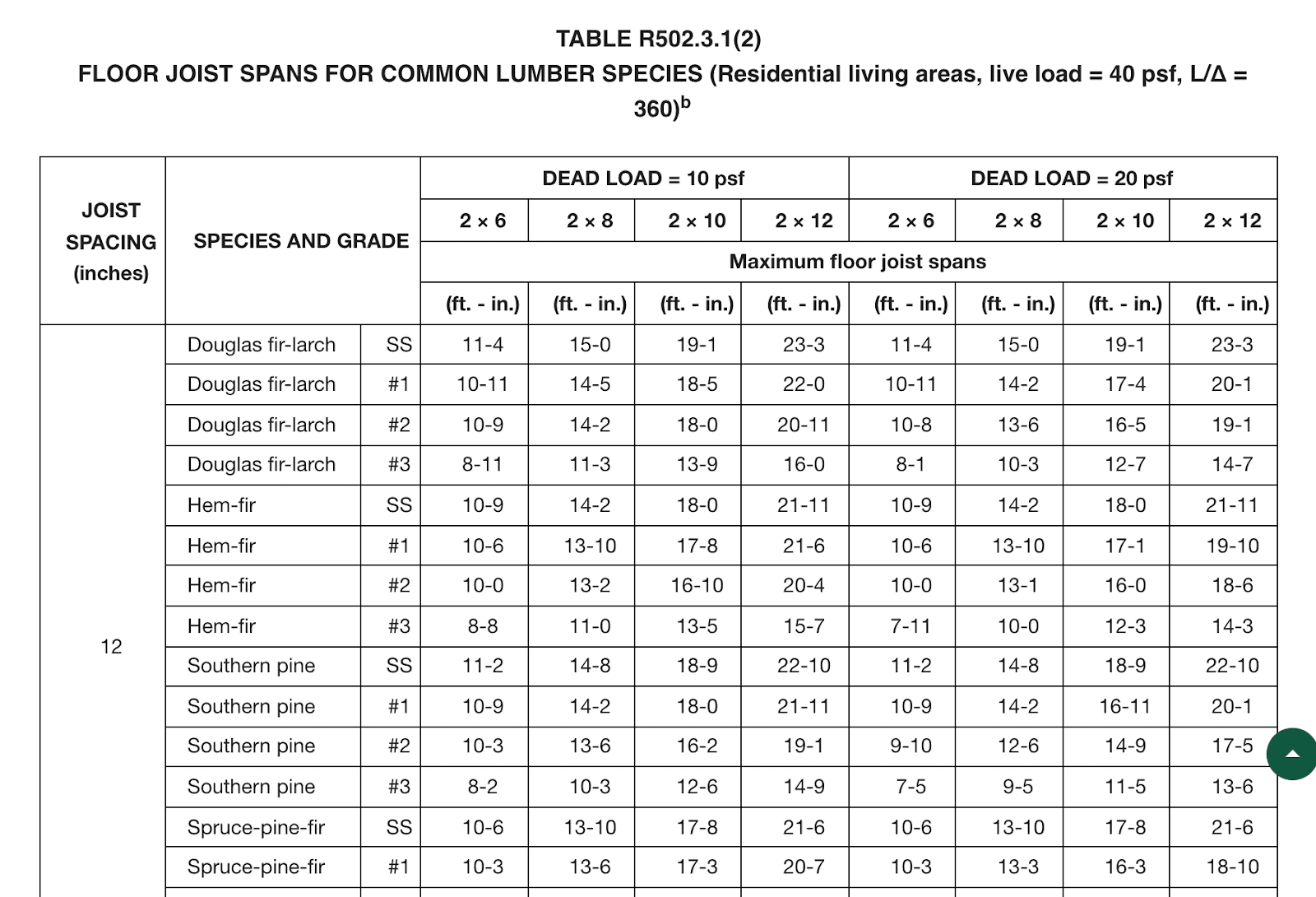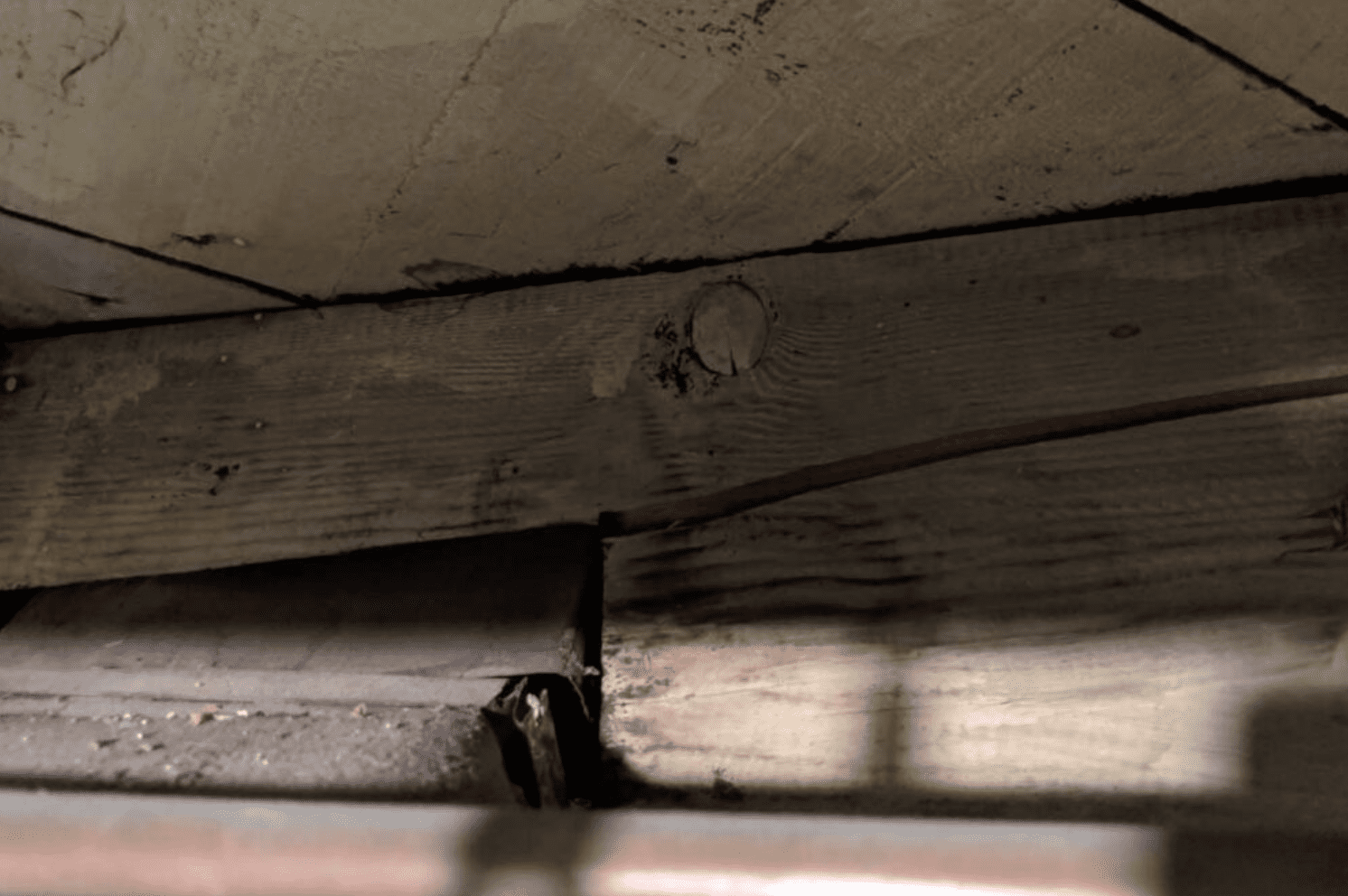A comprehensive guide to flooring joists,
Floor joists are essential components of any building structure and are just as important as the foundation and walls.
They provide the necessary support for floors and ceilings,
ensuring that the structure remains strong and stable.
The type, spacing, and size of floor joists you choose will depend on the purpose of the building, the environment, and the materials used.
In this article, we will explore the different types and spacing of floor joists,
their standard sizes and the benefits of installing them.

Types of floor joists
When it comes to floor joists, there are many different types to choose from.
Understanding the types available, their advantages and disadvantages,
and their exact specifications is also key to ensuring
that you choose the right crane for your construction project.

Overview of floor joists and their advantages
The most common type of floor joist is the traditional 2x joist.
This type of jack consists of two pieces of wood joined together using nails or screws.
The advantage of using a 2x joist is that it is relatively inexpensive and can provide sufficient support for most floor structures.
They are also easier to install than other joists.
The disadvantage is that they may provide less structural strength than other joists.
Another common type of floor joist is the I-joist.
This type of joist is constructed with a web of beams between two parallel slabs.
The advantage of using an I-joist is that it provides more uniform structural integrity and is designed to provide 2x more support than conventional joists,
Disadvantage is that they are more expensive and may require additional bracing to ensure long-term stability.
The third type of floor joist often used is the steel joist.

A comprehensive guide to flooring joists
These joists are made of steel and are often used for heavy loads and tall floor structures.
The advantage of steel joists is that they are very strong and durable and provide a greater degree of structural integrity.
The downside is that they are much more expensive than traditional wood joists and may require additional support for long-term stability.
Finally, the truss is another type of floor joist.
Gables are a type of bridge-like structure, usually made of metal or wood.
The advantage of a truss is that it provides a unitary structure with a high degree of strength and stability.
The disadvantage is that they are more expensive and more difficult to install than other joists.
Knowing the types of floor joists available, their advantages, disadvantages,
and specifications is essential to choosing the right joist for your project.
Choosing the right joist for your construction project will ensure that the floor can support the load intended for the load and provide long-term strength and stability.

The spacing between the floor joists
The spacing between floor joists is an important factor to consider when constructing a floor or deck.
Joists are horizontal structural pieces of wood that support the weight of the flooring and whatever is placed on it.
Proper spacing between joists is essential to the integrity and function of the entire floor structure.
When determining the appropriate spacing for floor joists,
some key factors must be considered.
The size and type of sling you use will determine how far apart they are.
In general, joists should be spaced according to the general load-bearing capacity of the crane materials used.
For example, a 2″ x 8″ joist should have a space between 16 and 20″ at center (OC),
which measures the distance between the center of one girder and the center of the next.
A comprehensive guide to flooring joists
and smaller joists should have closer spacing, such as 12″ OC for a 2×6 joist,
While larger joists should have more spacing, such as 24″ OC for a 2″ x 12″ joist.
The type of sling used also plays a role in determining proper spacing.
Structural joists (panels made of wood and composites) usually require smaller spacing,
Like 16 inch OC.
Solid wood joists may require greater spacing, such as 24″ OC.
And it is important to follow the spacing requirements for your type of joist to ensure that your flooring or decking can properly support its weight.
The size and type of flooring material used will also factor into the equation.
For example, tile or hardwood floors may require closer joist spacing than a softer material such as carpet or vinyl.
Whether installing a new floor or replacing an existing floor,
it is always important to make sure that the joists are properly spaced.
Understanding the type and size of the joist you are using,
and proper spacing requirements will ensure that the floor will provide optimal support and performance.

Standard sizes of floor risers
When it comes to floor framing, the strength of the joists determines the overall stability.
This is why it is so important to use the correct beam sizes and spacing in the specific floor design.
The industry standard for floor joists is 2-by-8, 2-by-10,
and 2-by-12, which is most commonly used in residential construction.
Depending on the application and requirements,
other sizes may be required to provide adequate floor support.
The spacing between the joists is also an important factor to consider.
Standard joist spacing in 16″ centers is ideal for most residential applications.
While 24-inch centers are permitted in some circumstances.
For applications that require additional structural support,
such as floors with heavy loads,
Closer spacing between slings may be required.
It is also important to remember that the span of the joists must be considered when determining the appropriate size and spacing.
A joist span is the distance between the supports,
which can include walls, beams, or other joists.
Winches are generally rated to span up to 16 or 20 feet,
depending on the type of winch, size and spacing.
For longer distances, heavier joists may be required.
Finally, it is important to remember that different types of wood offer different benefits.
For example, engineered wood can be more stable, lighter,
and cost-effective than traditional wood joists.
For more information about the different types of joists and their benefits,
check with your local lumber supplier.

Benefits of ground joists
Floor joists are an essential structural element in any building that supports the floor or ceiling.
Whether you are a contractor, builder or homeowner,
understanding the various benefits of floor joists can help you make the best decision for your project.
The primary benefit of using floor joists is that they provide strong,
reliable support for floors, walls, and ceilings.
Floor joists are usually made of wood, steel, or concrete.
When installed correctly, they can provide even weight distribution along the entire length of the winch.
This helps reduce squeaking and squeaking,
which is common in floors that don’t use joists.
Another benefit of using floor joists is that they allow better airflow throughout the home.
With proper ventilation, floors can stay cool in the summer and warm in the winter.
This reduces energy costs and improves energy efficiency.
In addition, having a well-ventilated home can help reduce moisture build-up,
which leads to mold growth.
Finally, floor joists help improve the stability of the building.
By providing a rigid and uniform surface,
floor joists help reduce the amount of flexing and vibration in the structure,
This reduces cracks in walls and ceilings.
This increased stability also helps reduce the risk of structural damage due to earthquakes or high winds.
In conclusion, there are many benefits to using floor joists in any construction project.
Not only do they provide strong and reliable support for floors,
walls and ceilings, but they also help improve the energy efficiency of the home.
The overall stability of a structure can be increased,
so if you’re looking to build a home or commercial building,
consider using floor joists – it can make a difference.
For more architectural news




